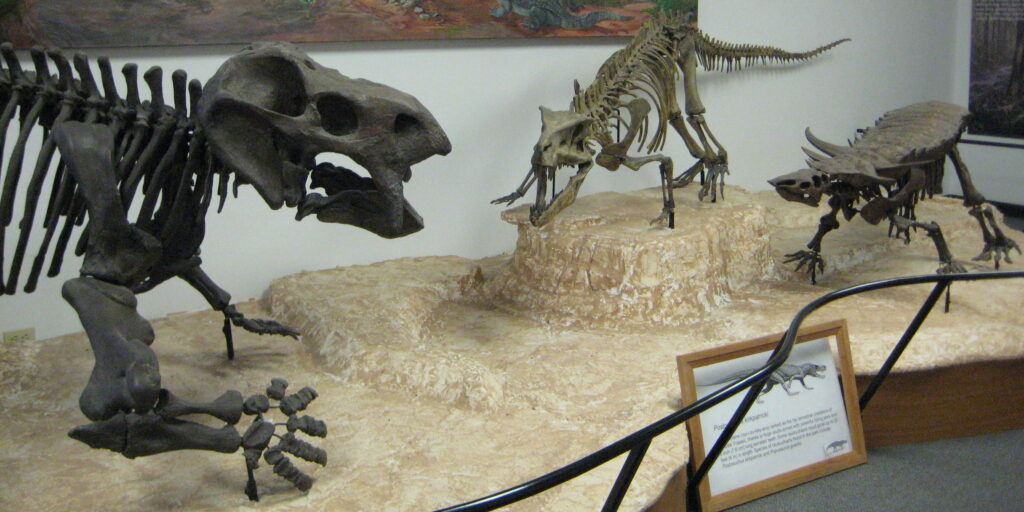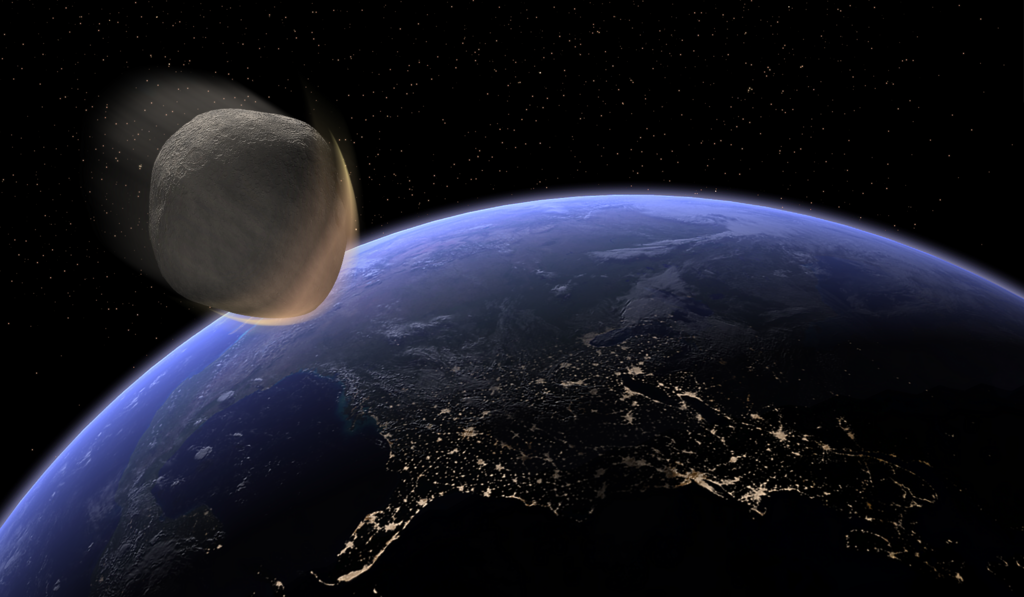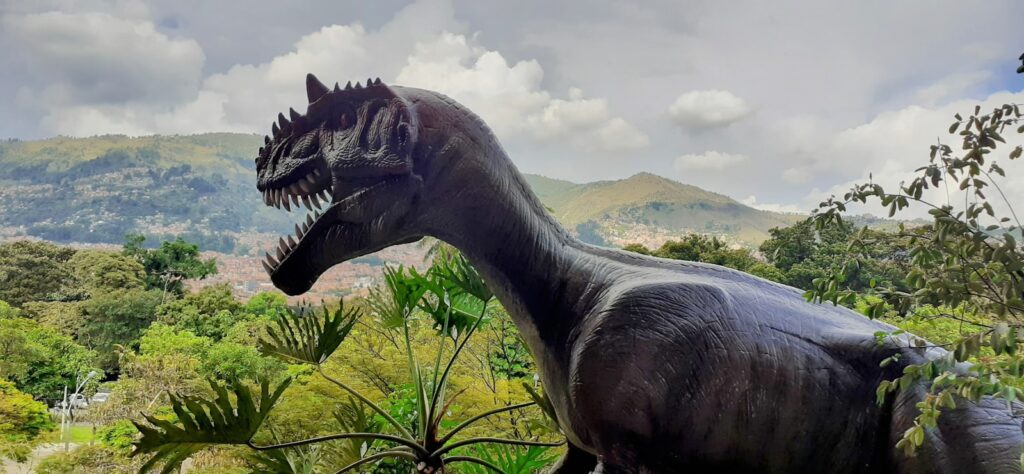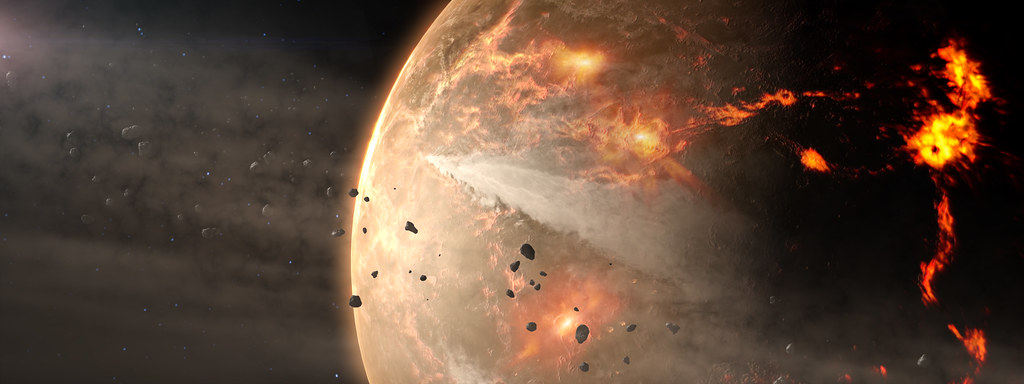Imagine waking up tomorrow in a world where massive predatory reptiles prowl the land, the air itself feels thick with danger, and every breath you take reminds you that you’re utterly alone in an alien landscape. This isn’t a nightmare – it’s what awaiting you in the Triassic Period would actually feel like. The Triassic Period, spanning from 251.902 million years ago to 201.4 million years ago, began after something triggered the extinction of more than 90 percent of Earth’s species. But here’s the thing that might surprise you: despite being one of the most dangerous periods in Earth’s history, survival wouldn’t be impossible if you knew what you were doing.
Understanding Your New World’s Deadly Geography
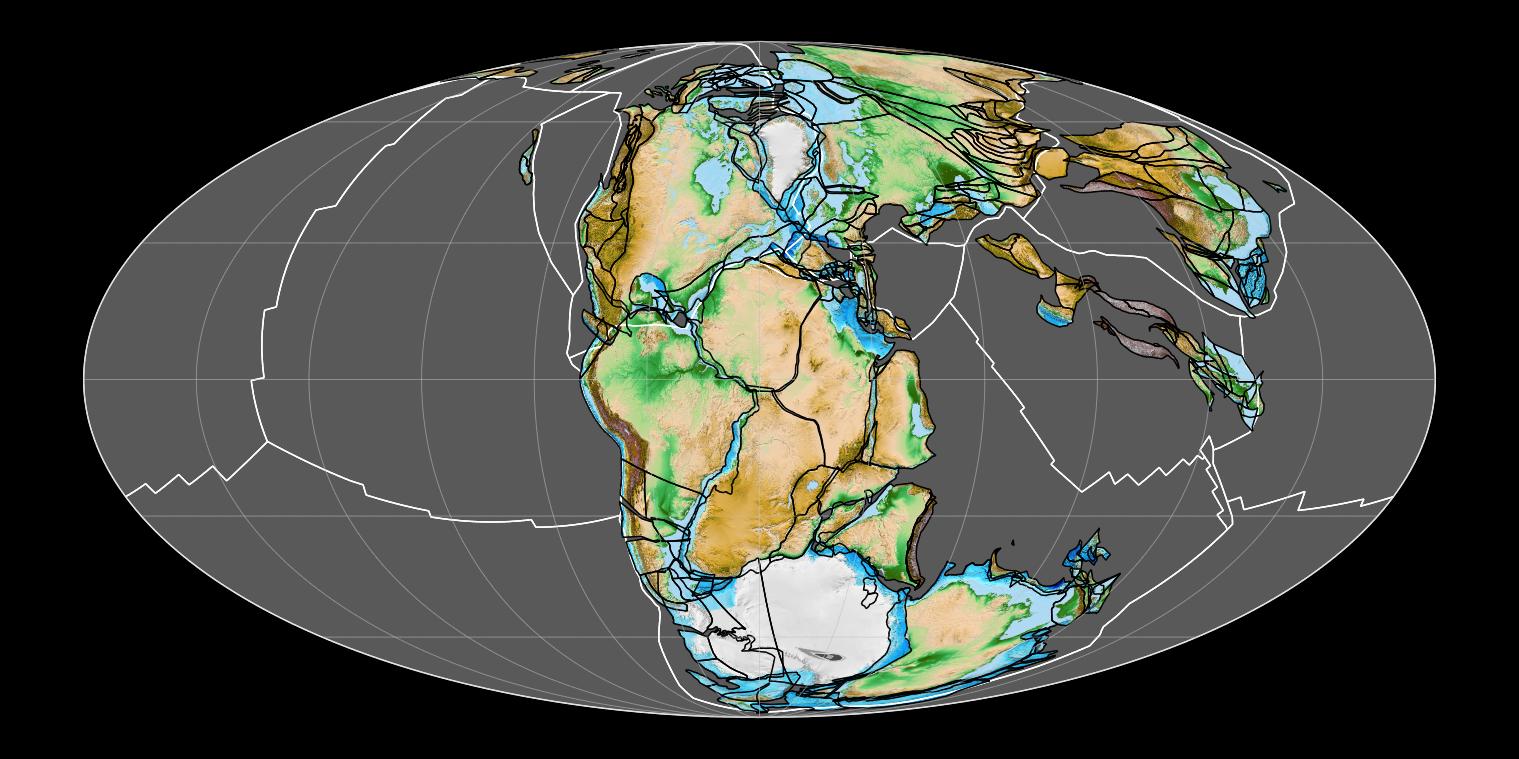
Your first challenge wouldn’t be the creatures – it would be the landscape itself. The vast supercontinent of Pangaea dominated the globe during the Triassic, shaped like a giant C that straddled the Equator and extended toward the Poles. This wasn’t just a different map; it was a completely different world with its own set of survival rules.
Much like today, the environments on Pangea were hugely varied, with parts of the world being moist and others arid, experiencing greatly enhanced seasonality in different parts, with an extremely arid interior but also very moist and wet temperate and tropical environments. Think of it like being dropped into a world where Death Valley sits right next to a rainforest, and you never know which environment you’ll encounter next.
The Climate That Could Kill You Before Anything Else

Forget everything you know about seasons and weather patterns. The global climate during the Triassic was mostly hot and dry, with worldwide climatic conditions being much more homogeneous than at present, with no polar ice existing and temperature differences between the Equator and the poles being less extreme than today. This might sound pleasant until you realize what it actually means for your survival.
Climate was generally very dry over much of Pangaea with very hot summers and cold winters in the continental interior, while a highly seasonal monsoon climate prevailed nearer to the coastal regions. Your best bet? Head for those coastal areas where monsoons could provide you with water, because in the interior, you’d be facing desert conditions that would test every survival skill you thought you had.
Meeting the Rulers: Rauisuchians, Not Dinosaurs

Here’s where most people get it completely wrong. Although dinosaurs appeared during the Triassic Period, they wouldn’t become the dominant land animals until the Jurassic Period, with the top Triassic land predators being another group of reptiles: the pseudosuchians. You wouldn’t be running from T. rex – you’d be hiding from something potentially far more terrifying.
The terrestrial apex predators of the Triassic were the rauisuchians, an extinct group of archosaurs, with a fossilized skeleton of Prestosuchus chiniquensis measuring around 15-16 feet in length, as these “rauisuchians” were the keystone predators of most Triassic terrestrial ecosystems with over 25 species found, including giant quadrupedal hunters, sleek bipedal omnivores, and lumbering beasts with deep sails on their backs. Picture a crocodile the size of a school bus that could actually run you down on land, and you’ll start to understand the terror these creatures inspired.
Water: Your Most Deadly Necessity

Finding water in the Triassic wouldn’t just be about staying hydrated – it would be about avoiding becoming lunch for aquatic nightmares. Amphibians were primarily represented by the temnospondyls, giant aquatic predators that had survived the end-Permian extinction and saw a new burst of diversification in the Triassic, with the largest Triassic stereospondyls, such as Mastodonsaurus, being up to 4 to 6 metres in length.
Imagine approaching what looks like a peaceful lake only to discover it’s home to amphibians the size of cars with jaws that could snap you in half. Hybodonts, a group of shark-like cartilaginous fish, were dominant in both freshwater and marine environments throughout the Triassic, while by the mid-Triassic, the ichthyosaurs were dominant in the oceans with one genus, Shonisaurus, measuring more than 50 feet long and probably weighing close to 30 tons. Even getting a drink would require military-level planning.
What You Could Actually Eat Without Dying
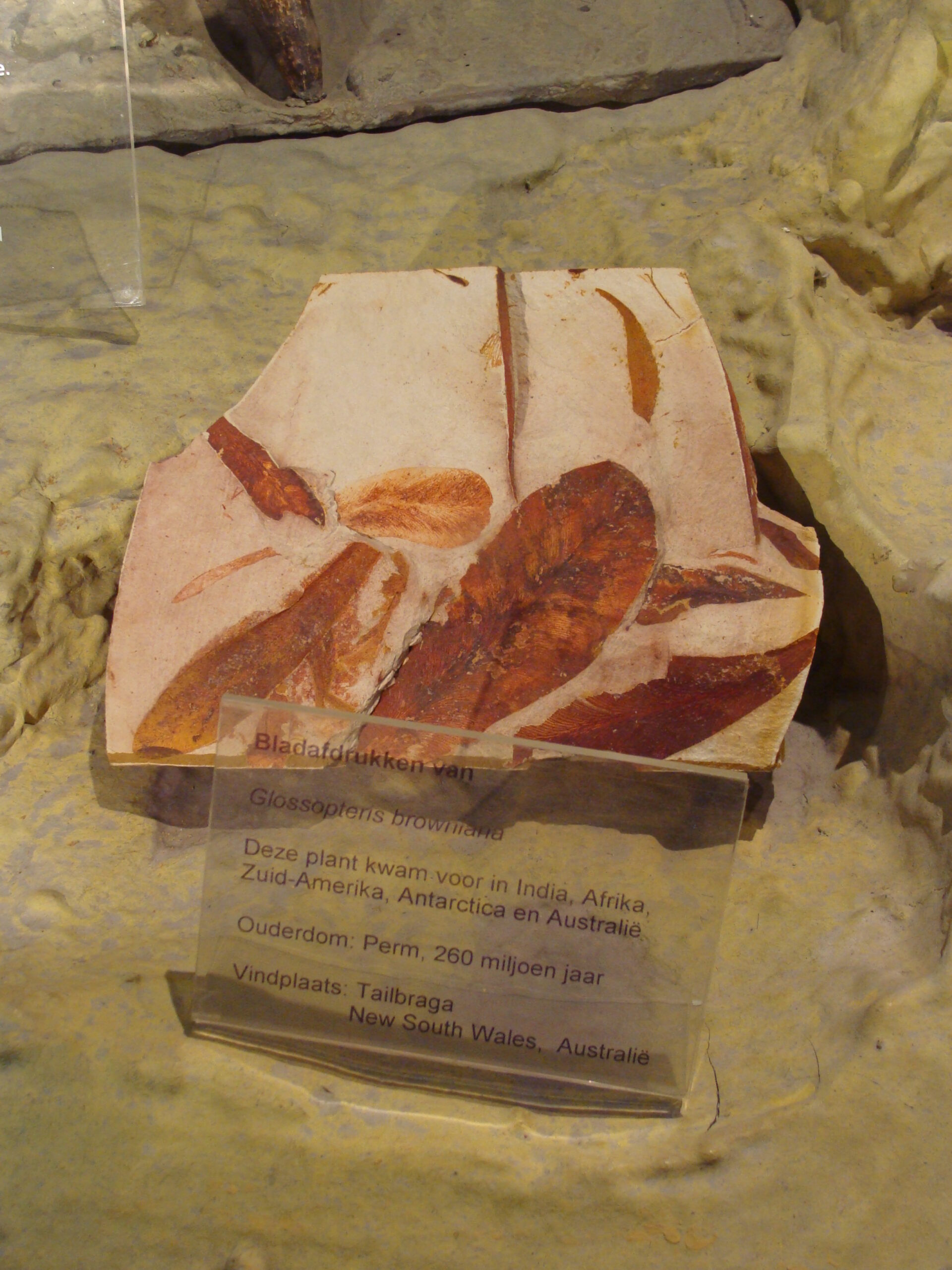
Food would be your next major challenge, but surprisingly, you’d have more options than you might expect. On land, the holdover plants included lycophytes, dominant cycads, ginkgophyta and glossopterids, with spermatophytes or seed plants dominating the terrestrial flora, conifers flourishing in the northern hemisphere, and Glossopteris being the dominant southern hemisphere tree during the Early Triassic period, providing all the spermatophytes for possible food and conifers for bitter tea with vitamin C.
Plant life in the Triassic included ferns and gymnosperms, with prominent groups being cycads and ginkgoes which still thrive today, and cycadeoids which later became extinct, along with conifers, ancestors of today’s spruce and pine trees. Think of it as a world where you could survive on a diet of fern fiddleheads, pine nuts, and the occasional cycad fruit – assuming you could identify which ones wouldn’t kill you.
The Tiny Killers: Insects That Could End Everything
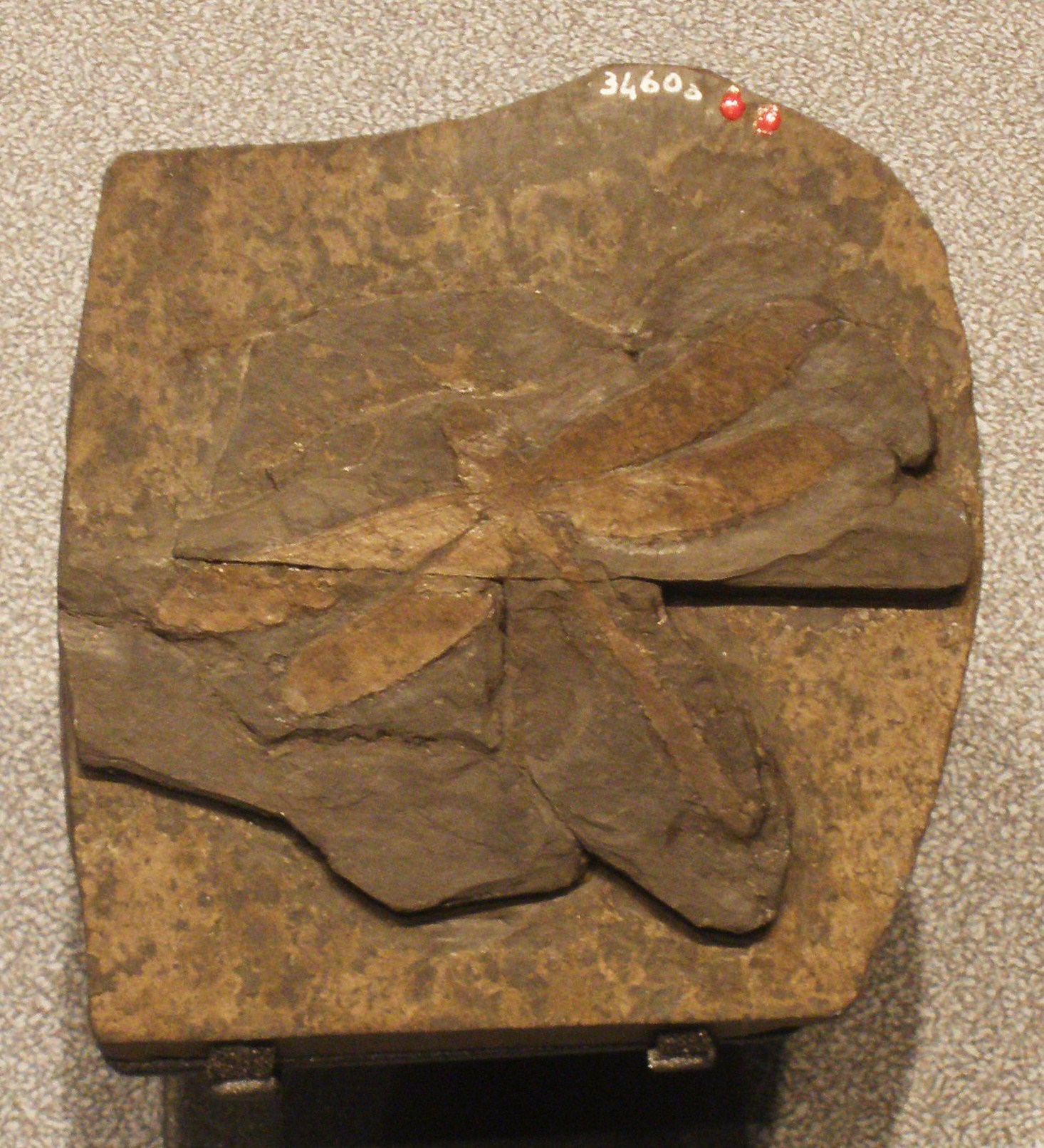
While you’re watching out for massive reptiles, the real threat might be crawling right up your leg. Spiders, scorpions, millipedes and centipedes survived, as well as the newer groups of beetles, with the only new insect group of the Triassic being the grasshoppers. But don’t let the familiar names fool you – these weren’t your garden-variety creepy crawlies.
It was in this period that insects attained complete metamorphosis. Without modern medicine or even basic antiseptics, a single infected bite from one of these creatures could spell your doom. Every step you took would need to be calculated, every place you slept would need to be thoroughly inspected. In a world where antibiotics don’t exist, even a small wound from a centipede could become your final mistake.
Building Shelter in a World Designed to Kill You

Your shelter strategy would need to account for threats both massive and microscopic. During the late Permian Period, coal swamp plants were most important, but these tree-ferns and lycopods could not live in the dry climate of the Triassic Period, instead the conifers and ginkgos survived the Permian extinction and developed during the Triassic, with evergreen plants being much more able to cope with the dry climates.
This means you’d have access to conifer wood for building – strong, resinous wood that could create barriers against smaller predators. But you’d need to build smart: elevated structures to avoid ground-dwelling threats, multiple escape routes for when the big predators found you, and waterproof designs to survive those crushing monsoon seasons. Think of it as architectural paranoia, because in the Triassic, even your house was trying to kill you.
The Ocean: Beautiful, Deadly, and Absolutely Off-Limits

Looking at the Triassic oceans would be like staring into an alien aquarium filled with creatures that defy imagination. The Triassic oceans were home not only to fish, but also to marine reptiles, some of which grew to huge sizes, with large marine reptiles dominating the Triassic oceans and early in the Triassic Period a group of marine reptiles called ichthyosaurs appearing.
Giant reptiles such as the dolphin-shaped ichthyosaurs and the long-necked and paddle-finned plesiosaurs preyed on fish and ancient squid. Even if you were an Olympic swimmer, the Triassic ocean would swallow you whole. These weren’t just big fish – they were perfectly evolved killing machines that had turned the entire ocean into their hunting ground. Your survival strategy? Stay on land, no matter how tempting that cool blue water looked.
The Plants That Could Save Your Life (Or End It)

Plant identification would literally be a matter of life and death. Plants like Aristolochia were used as medicines in Brazil but are now known to be poisonous, with the star anise family flower being used in some perfumes but despite its name, being actually poisonous, and ancestors of various plants being very, very poisonous.
Your safest bets would be the plants that still exist today and that we know are edible. Prominent plants were cycads and ginkgoes which still thrive today, with the presence of horsetails, club mosses, and bryophytes in the late Triassic suggesting that the dry climate of the early Triassic had become more humid in some areas toward the end of the period. Stick to what you recognize, test everything in small amounts, and remember – in a world without poison control centers, one wrong berry could be your last meal.
Survival Psychology: Staying Sane in an Insane World

The psychological challenge would be unlike anything humans have ever faced. During the early Triassic period, food webs were in flux, with many ecosystems being simply too unstable to remain intact over the long term and there may have been simply too many predators, including the fierce, toothy ancestors of alligators. Every day would bring new terrors, new ways to die, new reasons to question whether survival was even possible.
But here’s what might save you: the same adaptability that helped early mammals survive. Early mammals of the late Triassic and early Jurassic were very small, rarely more than a few inches in length, mainly herbivores or insectivores and therefore not in direct competition with the archosaurs or later dinosaurs, with many probably being at least partially arboreal and nocturnal, such as the shrew-like Eozostrodon. Think small, think smart, think like a creature that needs to outsmart everything trying to kill it.
The End Game: When Even the Planet Gives Up
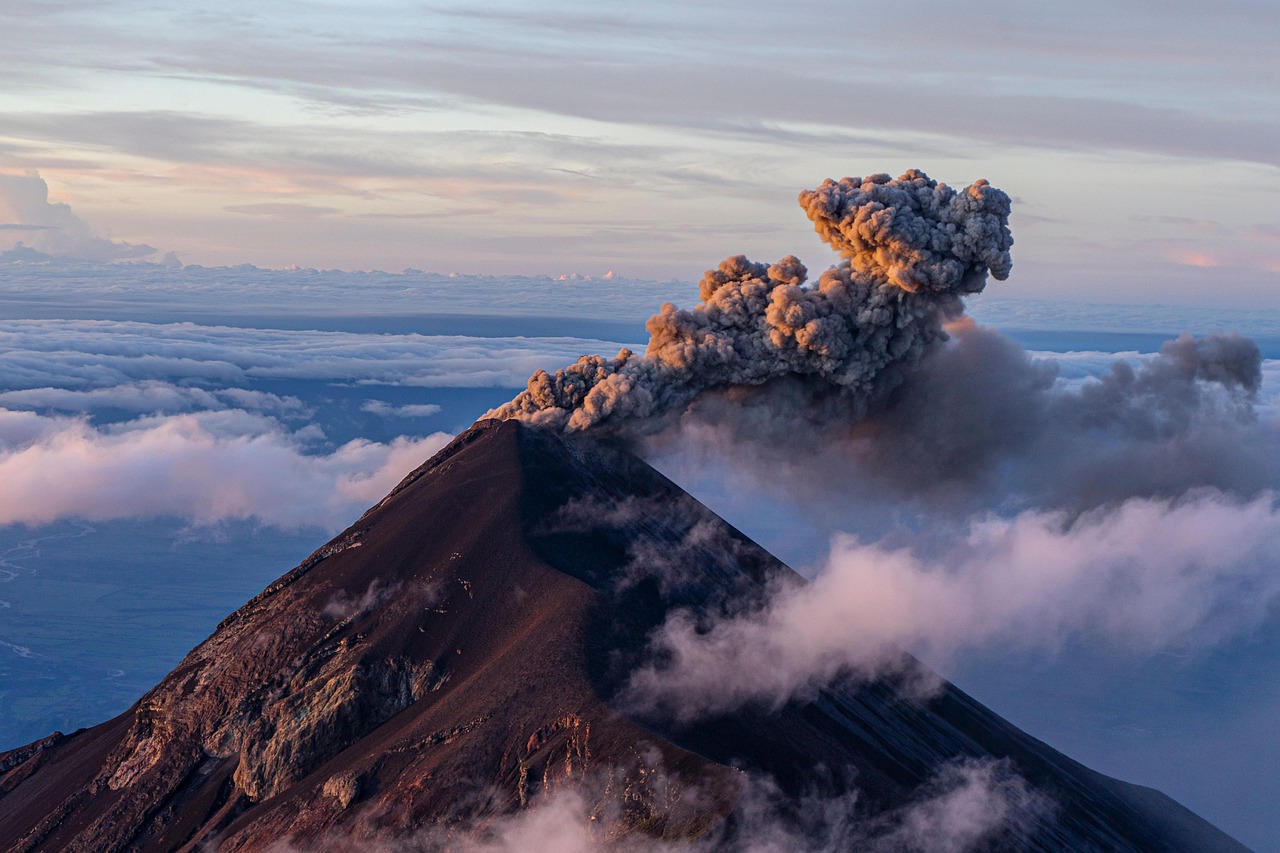
Even if you managed to survive everything the Triassic could throw at you, the planet itself would eventually try to kill you. The Triassic Period ended with a mass extinction, which was particularly severe in the oceans, representing one of five major extinction events during the Phanerozoic, profoundly affecting life on land and in the oceans.
The Triassic closed in the same way it began, with something – perhaps a volcanic belch or an asteroid collision – causing another mass extinction, but dinosaurs survived and went on to dominate the Jurassic. Your final challenge wouldn’t be outrunning a predator or finding food – it would be surviving the planet’s violent transformation into something entirely new.
Conclusion
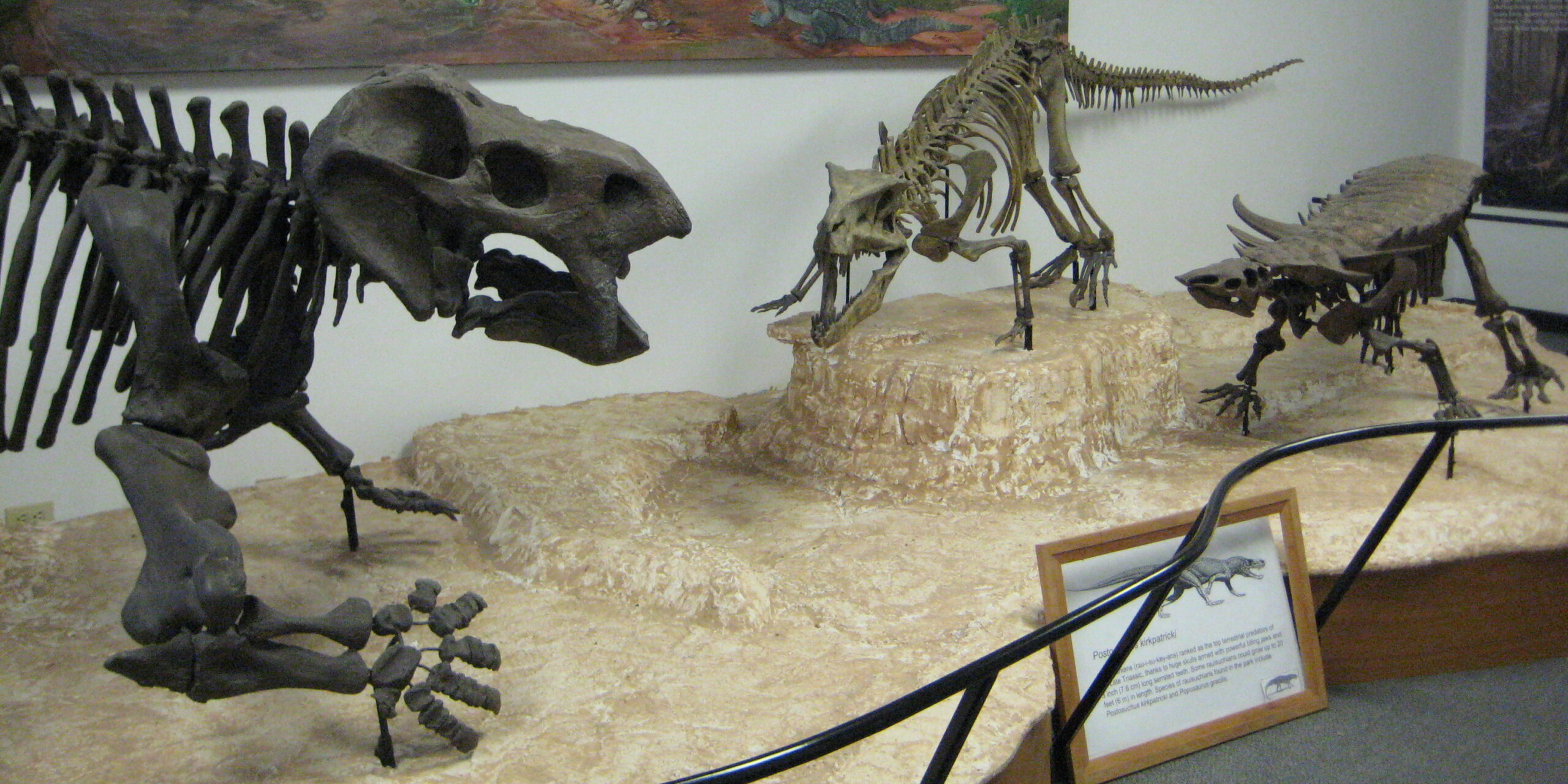
Could you survive the Triassic? The honest answer is that your chances would be slim, but not impossible. The key would be thinking like the creatures that actually made it through: stay small, stay smart, stay hidden, and never, ever assume you’re safe. What is truly inspiring about the animals that survived is that they survived without being deadly warriors, having no giant teeth nor armored plates for protection, instead surviving the early Triassic by adapting their behaviors to new environments, and living absolutely anywhere they could.
The Triassic teaches us that survival isn’t about being the biggest or the strongest – it’s about being the most adaptable. In a world where even the air you breathe and the ground you walk on are trying to kill you, your greatest weapon wouldn’t be strength or speed. It would be your ability to think, adapt, and never give up, even when everything around you is designed to ensure you don’t see another sunrise. What would you have guessed your biggest threat would be?

